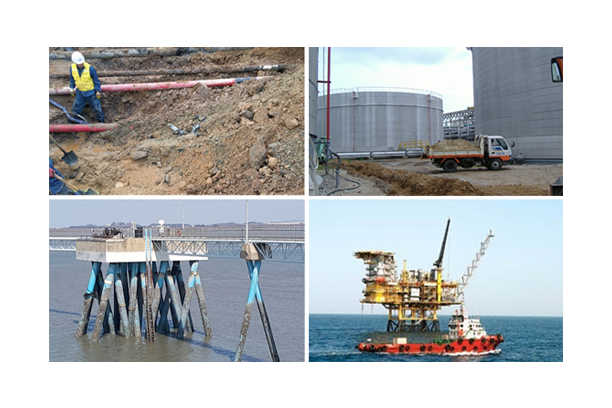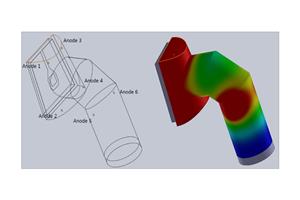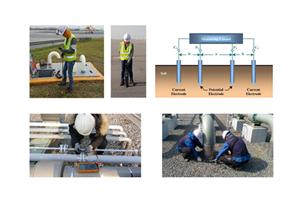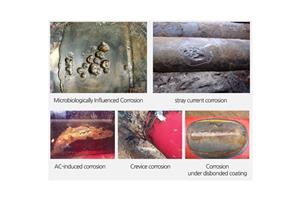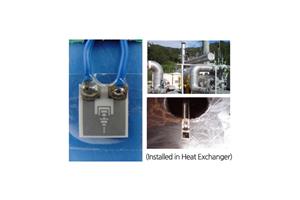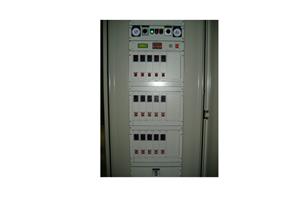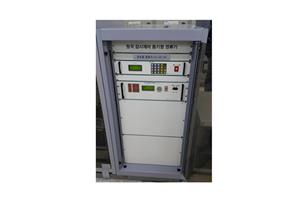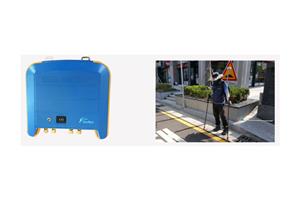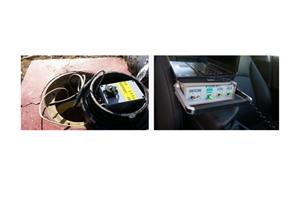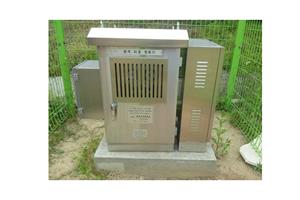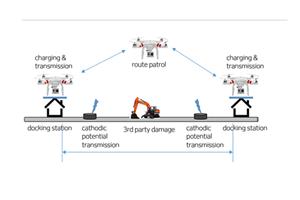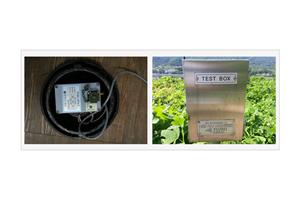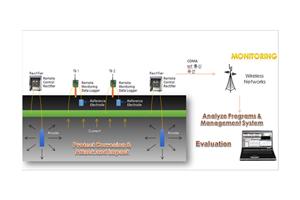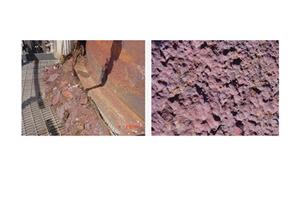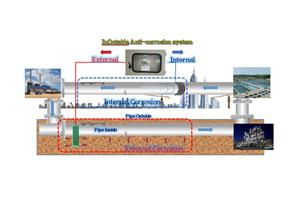Electrical Design
- Electrical Design: Electrical system design to suppress corrosion of structures
- Track and field facilities: piping, storage tanks, underground structures and fland facilities
- Offshore facilities: ships, docks, bridges, offshore facilities (wind power generation, drilling vessels, etc.)
- Electrical method: External power method, sacrificial positive method
 Electrical method :
Electrical method :
To artificially supply sufficient current (modular current) from the opposite direction of the current (corrosion current) from the metal surface to extinguish the corrosion current
External power law :
Install a durable electrode (positive) and use that electrode for the positive pole of the DC power. The passive current is connected to the passive fire protection system by connecting it to a negative pole and receiving an electrical current from the electrode to the passive surface.

Anode system:
the use of metal with a lower potential than iron (hematoid), e.g. aluminum, magnesium, zinc, etc.
Electrical Design Flow
Determination of Design Needs and Methods
Necessity of method design
- Method standard
- Amount of current required
- Electrical continuity
- Electrical insulation
- interference by other facilities
- Estimated life span of the corrosion protection facility
- Planning for maintenance and management
- Power source
- Safety
- Economic
Determination of method
- Sacrifice/double focus placement method
- A scapegoat-distribution method
- External power-polar distribution method
- External power-polar concentration system
- External power-polar concentration distribution method
- Selection distribution method
- Force distribution method
- Other
Floor plan
land facilities – Plumbing, storage tank, etc.
marine facilities – resolution, drilling, etc.


